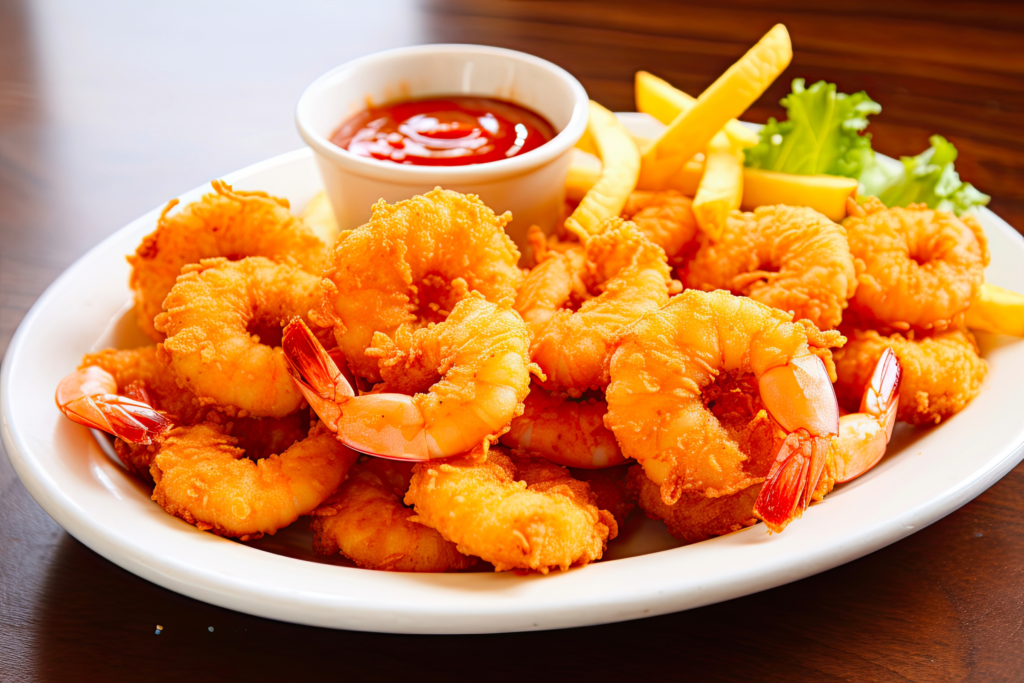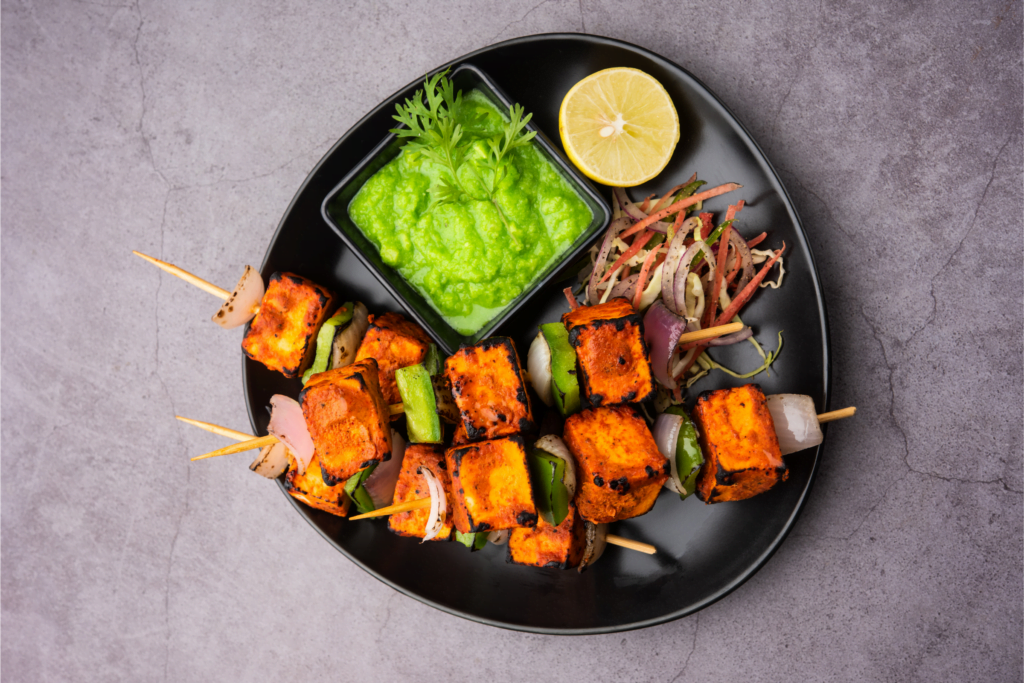Appetizer
Appetizers, often referred to as “starters” or “hors d’oeuvres,” are a tantalizing introduction to any dining experience. These small, flavorful dishes are designed to whet the appetite, stimulate the taste buds, and set the stage for the culinary journey ahead. From delicate canapés to spicy samosas, appetizers are as diverse as the world’s cuisines. In this exploration, we will dive into the world of appetizers, uncovering their key features, types, and cultural significance.
Key Features of Appetizers
- Small Bites, Big Flavors: Appetizers are characterized by their small portion size, allowing diners to sample a variety of flavors without becoming too full before the main course.
- Diverse Ingredients: They showcase a wide range of ingredients, from fresh vegetables and seafood to meats, cheeses, and exotic spices, often presented in creative and artful ways.
- Texture and Presentation: Appetizers excel in providing a mix of textures and eye-catching presentation. They can be crispy, creamy, crunchy, or velvety, adding a sensory dimension to the dining experience.
Types of Appetizers
- Cold Appetizers: These include dishes like salads, ceviche, sushi, and charcuterie boards. They are served chilled and emphasize fresh ingredients and vibrant flavors.
- Hot Appetizers: Hot appetizers encompass a vast array of dishes, such as spring rolls, meat skewers, dumplings, and stuffed mushrooms. They are typically served warm or hot and often feature deep-fried or grilled elements.
- Finger Foods: Finger foods are easy to pick up and eat without utensils. Examples include sliders, chicken wings, and bruschetta, making them ideal for social gatherings.
- Canapés and Crostinis: These bite-sized delights consist of a small piece of bread or cracker topped with various savory or sweet spreads, cheeses, vegetables, or meats.
Cultural Significance
- Social Engagement: Appetizers are not just about satisfying hunger; they serve as conversation starters and encourage social interaction at gatherings and events.
- Culinary Creativity: Chefs often use appetizers to showcase their culinary creativity and set the tone for the rest of the meal. Creative combinations of ingredients and unique presentations can leave a lasting impression.
- Cultural Identity: Different cultures have their own unique appetizer traditions. For example, Spanish tapas, Japanese sushi rolls, and Middle Eastern mezze platters all reflect the culinary heritage of their respective regions.
Appetizers are a testament to the artistry of chefs and the joy of culinary exploration. Whether you’re indulging in the refreshing crispness of a caprese salad, savoring the savory delight of bacon-wrapped dates, or enjoying the bold spices of Indian samosas, appetizers invite you to embark on a flavorful journey that awakens the senses and anticipates the delights that lie ahead in the world of cuisine.
Appetizers, often referred to as “starters” or “hors d’oeuvres,” are a tantalizing introduction to any dining experience. These small, flavorful dishes are designed to whet the appetite, stimulate the taste buds, and set the stage for the culinary journey ahead. From delicate canapés to spicy samosas, appetizers are as diverse as the world’s cuisines. In this exploration, we will dive into the world of appetizers, uncovering their key features, types, and cultural significance.
Key Features of Appetizers
- Small Bites, Big Flavors: Appetizers are characterized by their small portion size, allowing diners to sample a variety of flavors without becoming too full before the main course.
- Diverse Ingredients: They showcase a wide range of ingredients, from fresh vegetables and seafood to meats, cheeses, and exotic spices, often presented in creative and artful ways.
- Texture and Presentation: Appetizers excel in providing a mix of textures and eye-catching presentation. They can be crispy, creamy, crunchy, or velvety, adding a sensory dimension to the dining experience.
Types of Appetizers
- Cold Appetizers: These include dishes like salads, ceviche, sushi, and charcuterie boards. They are served chilled and emphasize fresh ingredients and vibrant flavors.
- Hot Appetizers: Hot appetizers encompass a vast array of dishes, such as spring rolls, meat skewers, dumplings, and stuffed mushrooms. They are typically served warm or hot and often feature deep-fried or grilled elements.
- Finger Foods: Finger foods are easy to pick up and eat without utensils. Examples include sliders, chicken wings, and bruschetta, making them ideal for social gatherings.
- Canapés and Crostinis: These bite-sized delights consist of a small piece of bread or cracker topped with various savory or sweet spreads, cheeses, vegetables, or meats.
Cultural Significance
- Social Engagement: Appetizers are not just about satisfying hunger; they serve as conversation starters and encourage social interaction at gatherings and events.
- Culinary Creativity: Chefs often use appetizers to showcase their culinary creativity and set the tone for the rest of the meal. Creative combinations of ingredients and unique presentations can leave a lasting impression.
- Cultural Identity: Different cultures have their own unique appetizer traditions. For example, Spanish tapas, Japanese sushi rolls, and Middle Eastern mezze platters all reflect the culinary heritage of their respective regions.
Appetizers are a testament to the artistry of chefs and the joy of culinary exploration. Whether you’re indulging in the refreshing crispness of a caprese salad, savoring the savory delight of bacon-wrapped dates, or enjoying the bold spices of Indian samosas, appetizers invite you to embark on a flavorful journey that awakens the senses and anticipates the delights that lie ahead in the world of cuisine.
Level :
Type :
Time :
Level :
Type :
Time :
Level :
Type :
Time :
Level :
Type :
Time :
Level :
Type :
Time :
Level :
Type :
Time :
Level :
Type :
Time :
Level :
Type :
Time :
Level :
Type :
Time :








